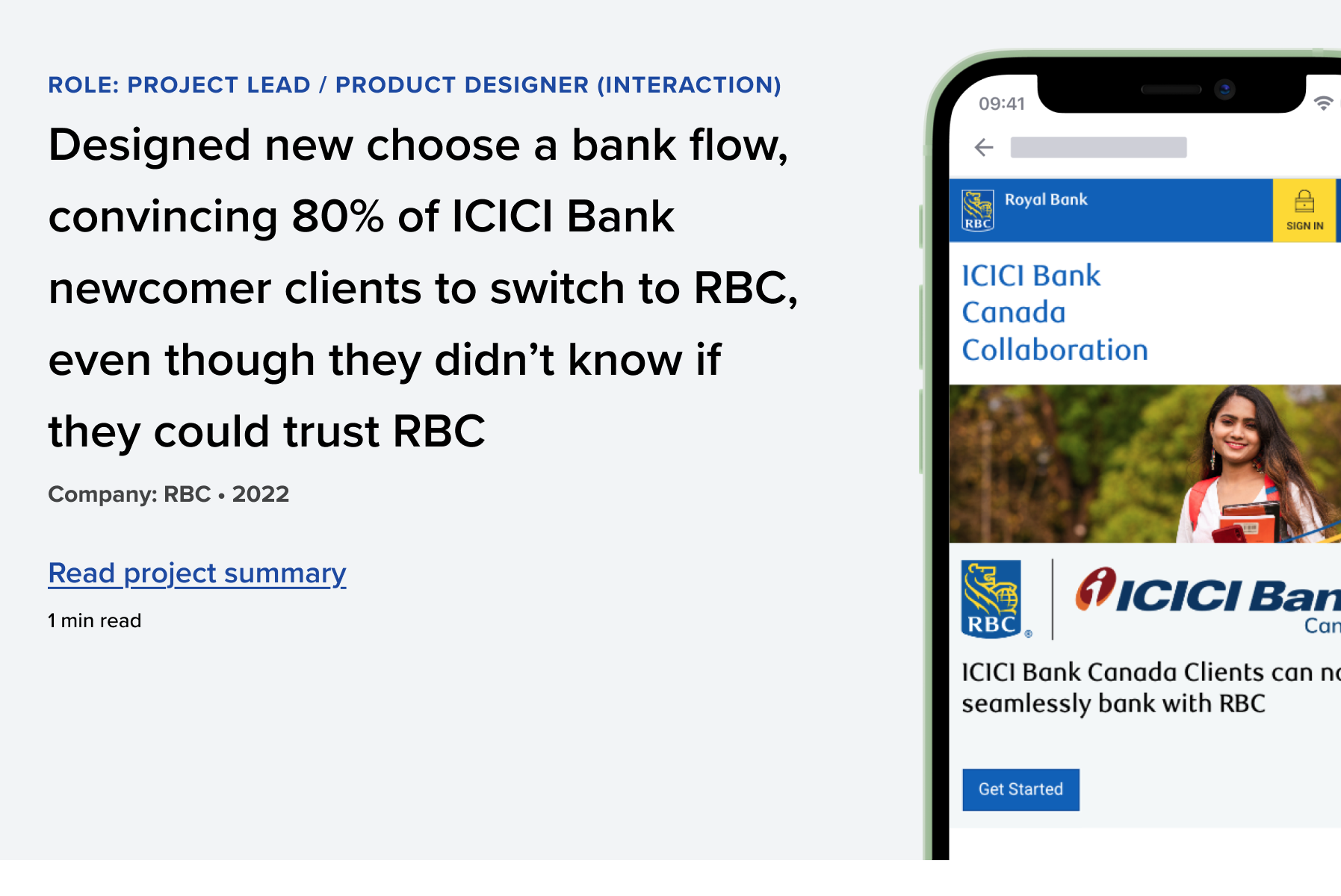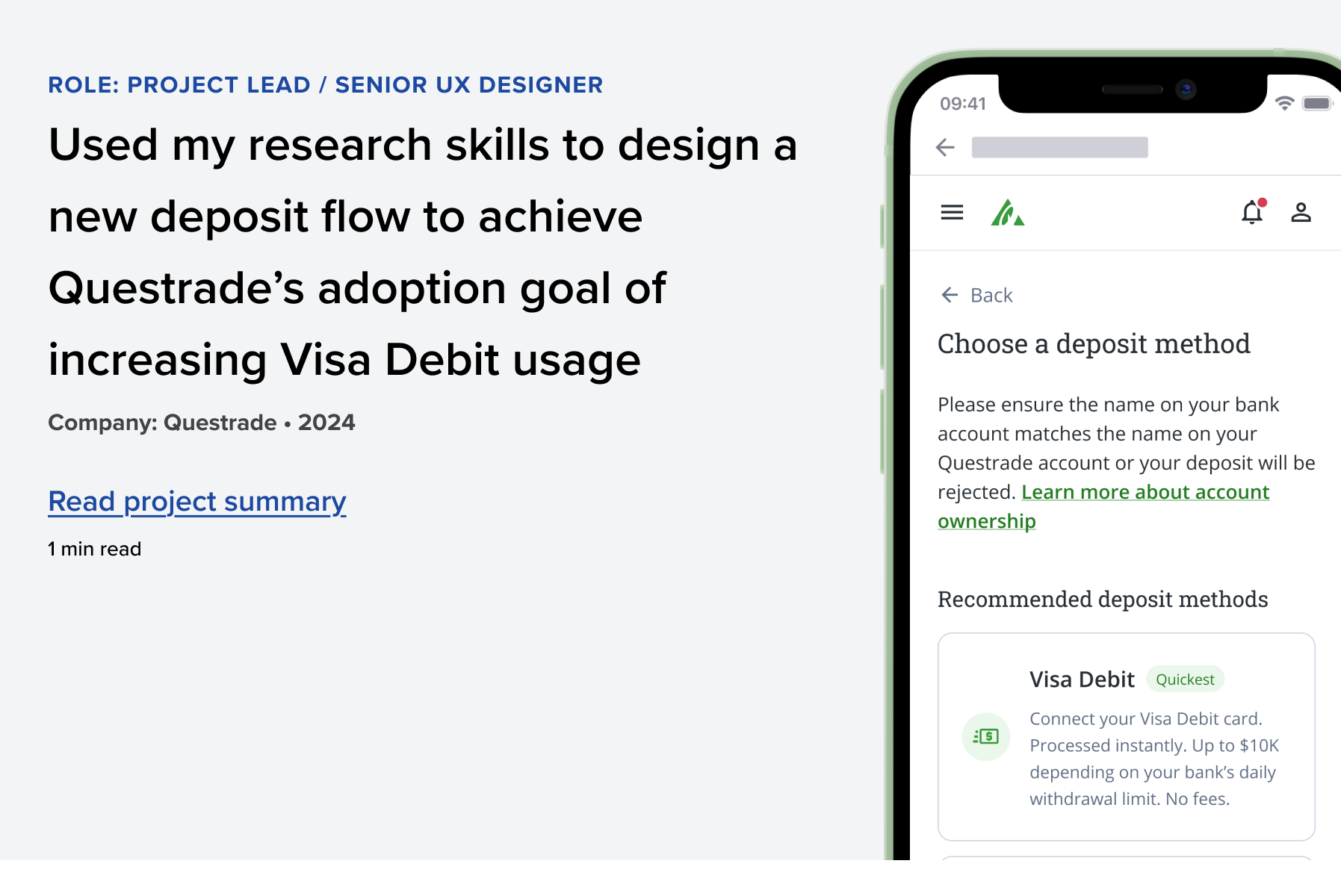Patient Rehab Urban Farm Concept brings local produce back to hospitals
We used design thinking methods to develop and test our concept for the Toronto Rehab Urban Farm Project (TRUF), which is a greenhouse-based social enterprise urban farm and innovative patient rehabilitation facility.
My Role and Responsibilities
The three-member project team included a project lead, a researcher, and a service designer (me).
My responsibilities included assisting and documenting planning sessions, developing personas, creating patient journey maps, and facilitating design workshops.
18-month Research Project | My Time: 6 months | Team: 3 | My Role: Experience Design / Visual Design
Methods and Deliverables: stakeholder planning sessions, personas, stakeholder maps, journey maps, co-design workshop
Challenge
TRUF is a greenhouse-based social enterprise, urban farm, and innovative patient rehabilitation facility. It aims to be financially self-sufficient while providing patients with health benefits, including therapeutic recreation, occupational therapy, improved mental health, and increased food literacy.
Our team was trying to validate proof of concept and create excitement and interest in the program.
How could the project deliver on its three key promises?
• financially self-sufficient social enterprise urban farm
• local, sustainable food on patients’ plates
• therapeutic greenhouse and garden patient programs to improve mental health and increase food literacy
What we did
We brought the TRUF concept to life: showing what it might look like and how patients, staff, the public and the farm operator could interact successfully. A detailed business plan was created showing TRUF's value and viability. This plan can be found on Salus: Heathly Plan, Healthy People
Stakeholder Planning Sessions
We conducted four stakeholder planning sessions to gather input and insights. During the first session, we created a Stakeholder map to visualize loyalties, values, and potential losses.
Proto-Personas
Working with the TRUF team, I developed these six personas using insights and data from staff, patients, and farm-operator interviews. The proto-personas visualized TRUF’s target group and articulated their challenges, goals, and behaviours.
The patient personas included both in-patients and out-patients. The staff personas included an occupational therapist, a recreational therapist and a dietician. I designed and created the final version using Illustrator.
Co-Design Workshop
We organized a day-long co-design workshop with 13 participants, including me and three facilitators. The group was diverse, including clinical, farming, business planning, infrastructure expertise, and patient advocates.
Patient Journey Map Session
We created six patient journey maps, each including a scenario, goals, expectations, and concerns. Each journey was divided into four stages and outlined who the patient would interact with and what program they were attending. I designed and produced the final version using Illustrator.
During the Patient Journey map session, the maps provided a tangible reference for discussions and feedback. The participants' areas of expertise included clinical, facilities, and business planning, which helped refine the journeys and discover blockers and limitations.
Program Planning Session
During the Program Planning session, we visualized possible program options, including the number of participants and staffing requirements. The feedback provided insights, allowing us to revise our cost-benefit analysis in the business plan.
Outcome
Our team created a vision for TRUF and prepared a framework for moving forward. The revised estimated price tag of $5 million, up from $1 million, is a serious roadblock. Discussions with stakeholders and potential donors will be needed before TRUF can move from concept to reality.





